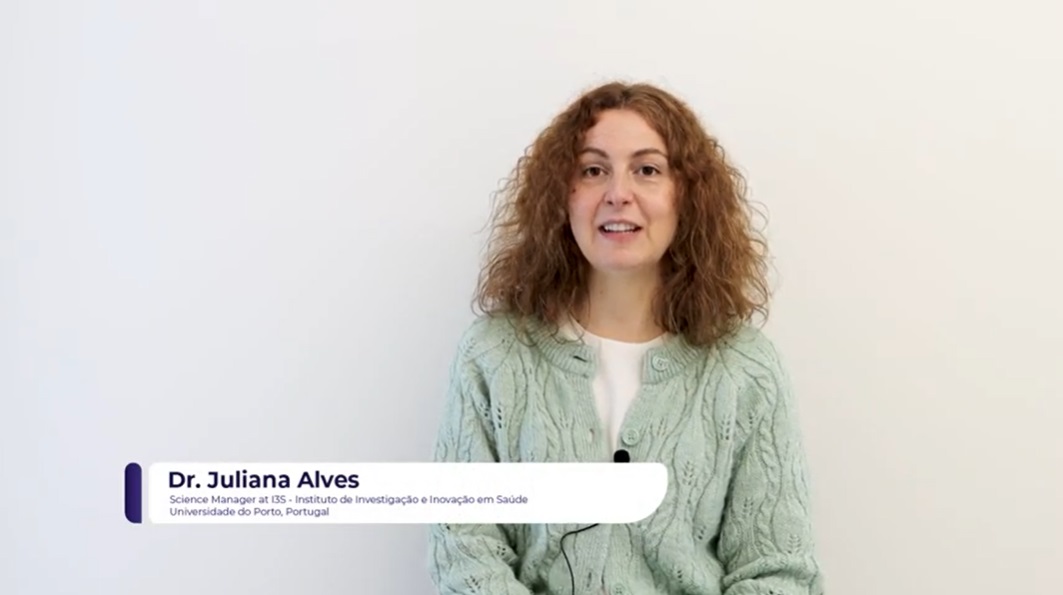In 2009, Stolz et al. published a study confirming an increasing softening of the articular cartilage due to progressing osteoarthritis (OA), and revealing significant structural and biomechanical changes in grades 1 and 2 (Outerbridge scale), that could only be detected at the nanometer scale.
Articular cartilage composition and/or structure undergo several modifications due to aging and/or injuries, affecting its biomechanical quality, which may lead to osteoarthritic degradation. In fact, cartilage stiffness is an important factor to guide intra operative decision. Currently, articular cartilage assessment during arthroscopic surgery is solely based on visual inspection and manual probing of the stiffness. To date, no medical device providing a quantitative analysis to support intra operative decisions exists.

As suggested by Stolz et al., cartilage nanostiffness may be exploited for the development of novel diagnostic tools. In fact, Stolz et al. and Imer et al. have proposed an arthroscopic atomic force microscopy (AFM) for in vivo measurements. However, to the best of our knowledge, this has not been further investigated or exploited towards clinical applications. In addition to developing the first mid-infrared (MIR) arthroscopy probe for real time biochemical evaluation of articular cartilage, the MIRACLE Project will investigate the correlation between structure, biomechanics and composition of articular cartilage during OA development at nano- and micro-scale.
The consortium beneficiary UOULU is leading this task and will be using AFM to map the nanostiffness in biopsied tissue of a large number of osteoarthritic patients. Within MIRACLE, we expect to clarify the role of nanostiffness during OA development and, perhaps, propose a clinical solution that could extend the capabilities of the MIR arthroscopy probe to evaluate cartilage stiffness.


